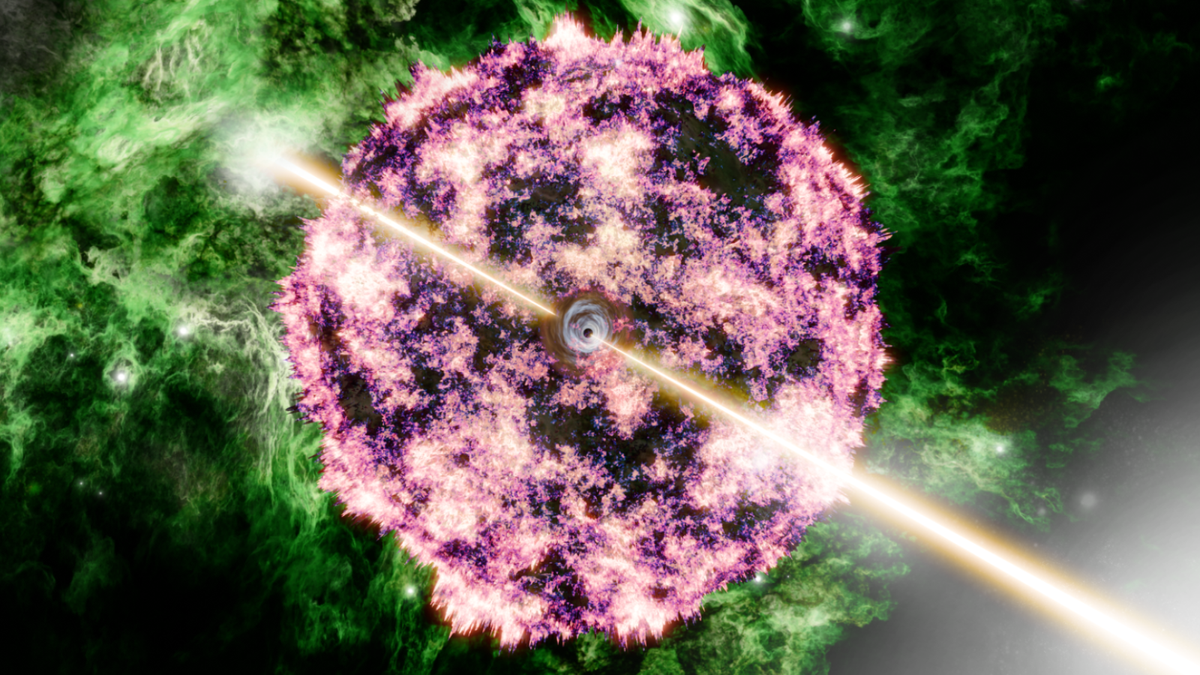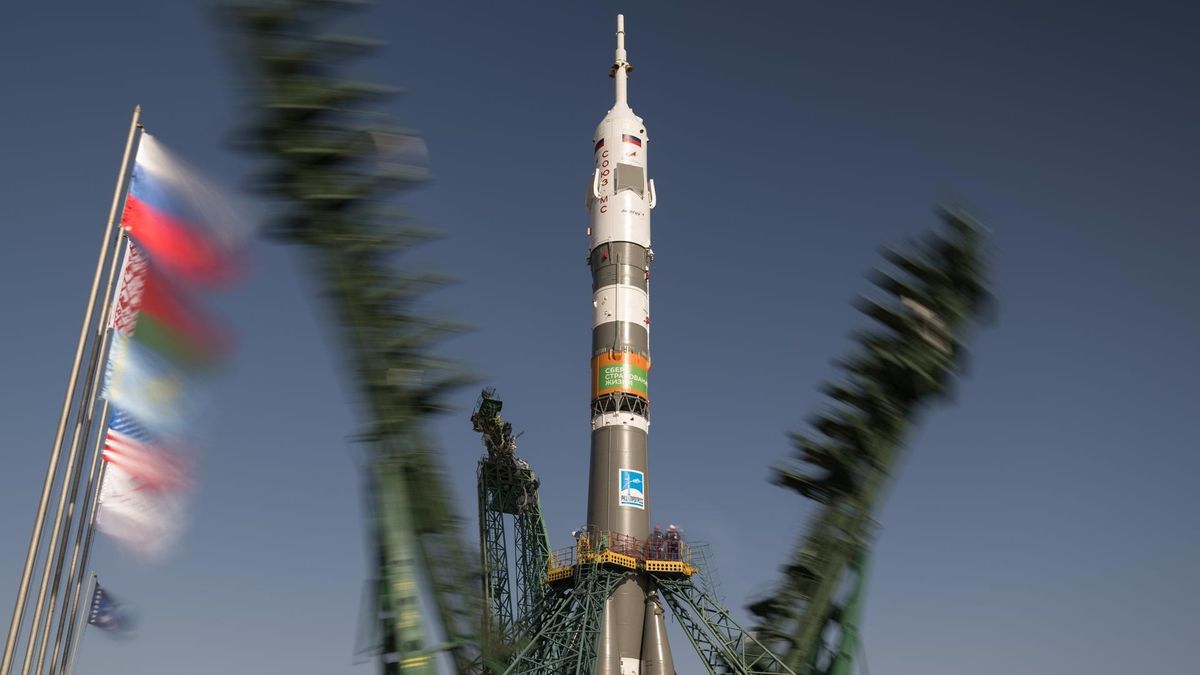Understanding Volcanic Eruptions: Digging Deeper
Volcanic eruptions are among the most unpredictable and powerful geological events on Earth. While scientists have made significant progress in predicting these eruptions, new research suggests that we may need to look deeper – far beneath the surface – to improve our forecasting capabilities.
The Significance of Deep Magma Reservoirs
Traditionally, eruption predictions have focused on monitoring changes within shallow underground chambers where magma is stored. However, a recent study led by teams from Imperial College London and the University of Bristol delved into the depths of the Earth, exploring magma reservoirs located up to 12.5 miles (20 km) underground.
“We looked at volcanoes around the world and dug deeper than previous studies that focused on shallow underground chambers where magma is stored before eruptions,” said Catherine Booth, a research associate at Imperial College London. “We focused on understanding magma source reservoirs deep beneath our feet, where extreme heat melts solid rocks into magma at depths of around 10 to 20 kilometers.”
Insights into Eruption Cues
By collecting data from these deep-seated magma reservoirs and using advanced computer models, the research team identified key indicators that could enhance our ability to predict volcanic eruptions. One surprising finding was the role of magma buoyancy in triggering eruptions.
“Contrary to previous beliefs, our study suggests that the buoyancy of the magma, rather than the proportion of solid and molten rock, is what drives eruptions,” explained Booth. “Once the magma becomes buoyant enough to float, it rises, creates fractures in the overlying solid rock, and flows rapidly through these fractures, leading to an eruption.”
Reservoir Size and Eruption Intensity
While the size of a magma reservoir correlates with the amount of magma it can hold, the study revealed that larger reservoirs may not always result in more massive eruptions. Larger reservoirs disperse heat more effectively, reducing the rate at which rock melts into magma. Additionally, prolonged storage of magma underground may lead to smaller eruptions.
“By improving our understanding of the processes governing volcanic activity and developing models that elucidate the factors influencing eruptions, our study represents a significant advancement in monitoring and forecasting these powerful geological phenomena,” stated Matt Jackson, chair in geological fluid dynamics at Imperial College London.
For further details, the full research paper was published on May 10 in the journal Science Advances.
Image/Photo credit: source url





